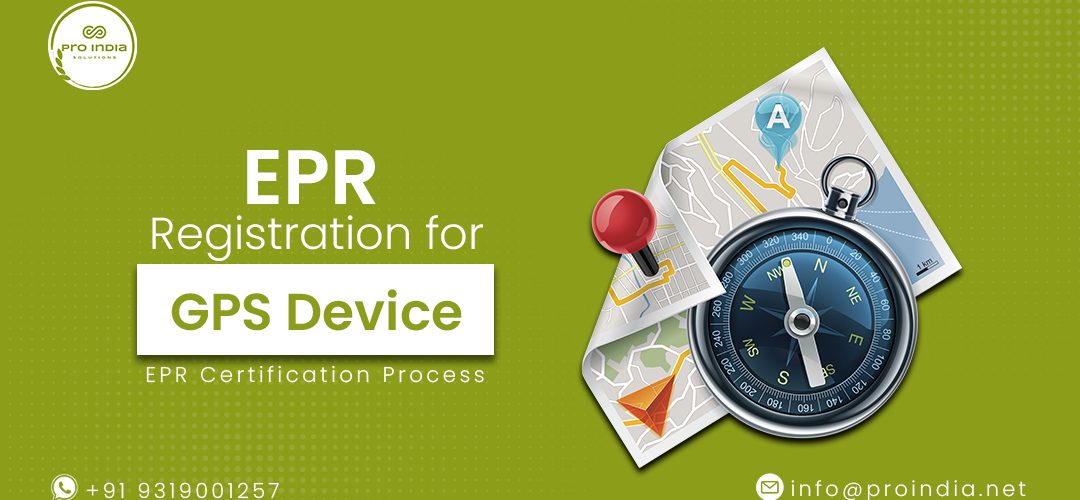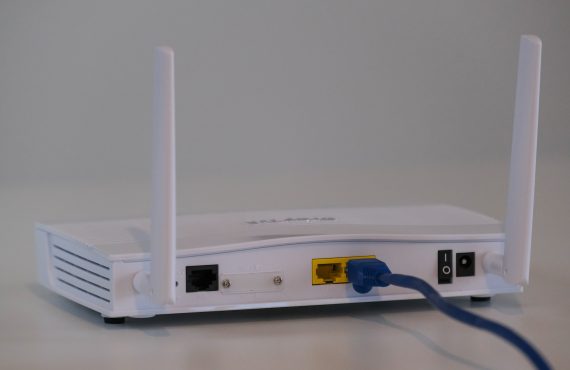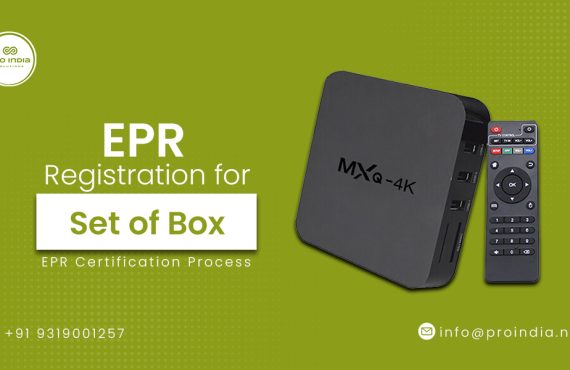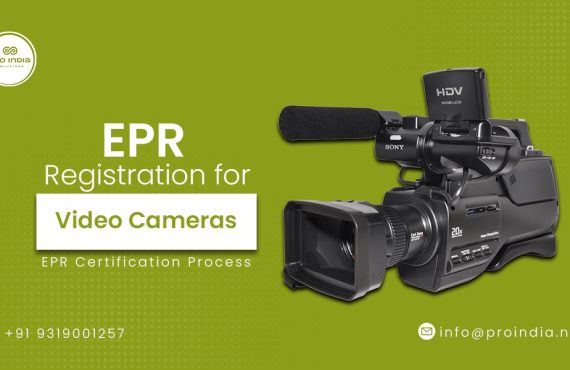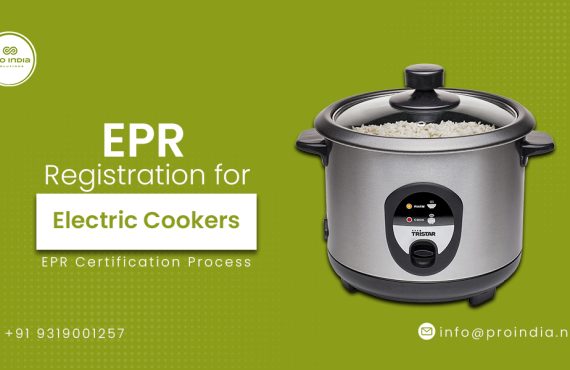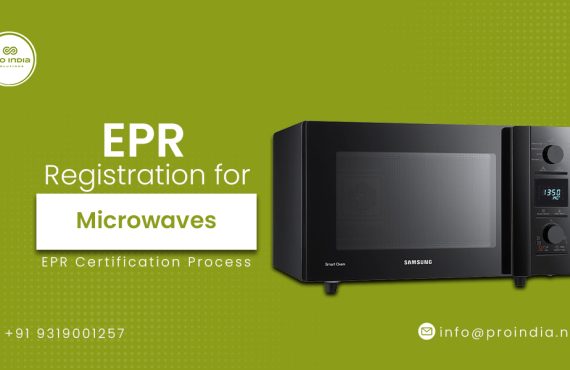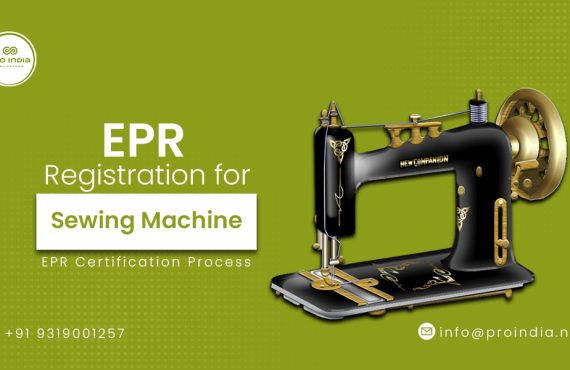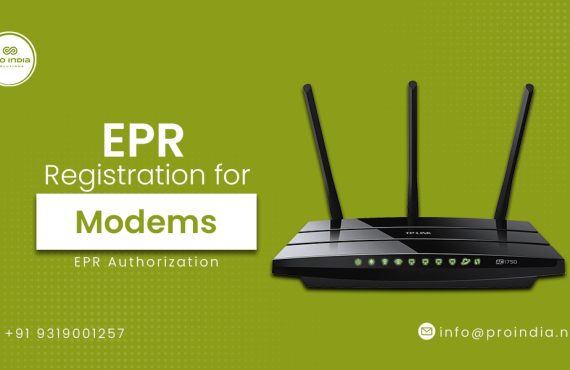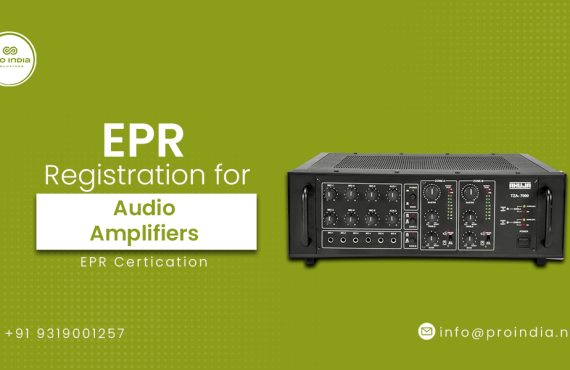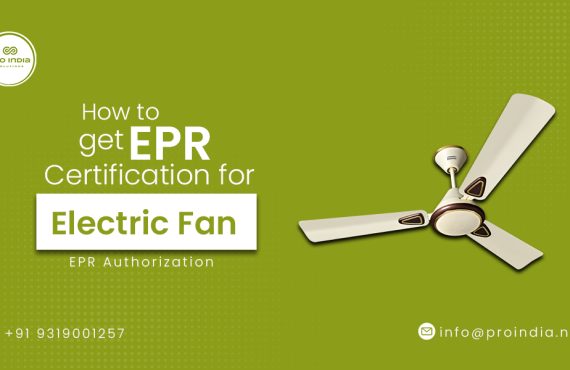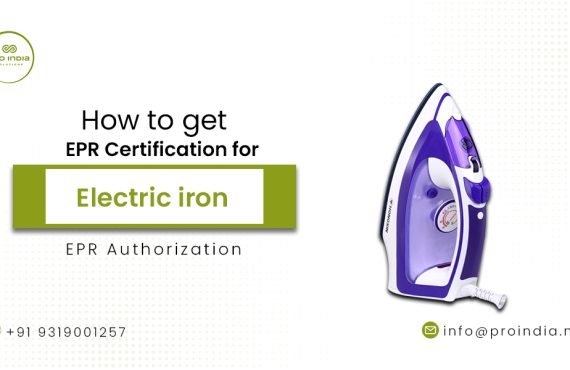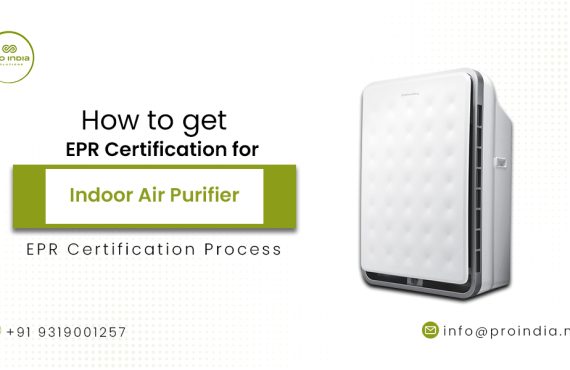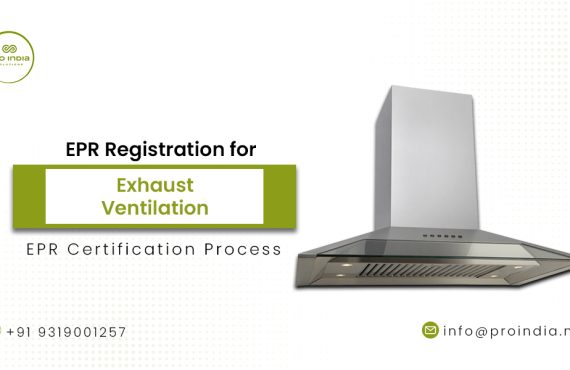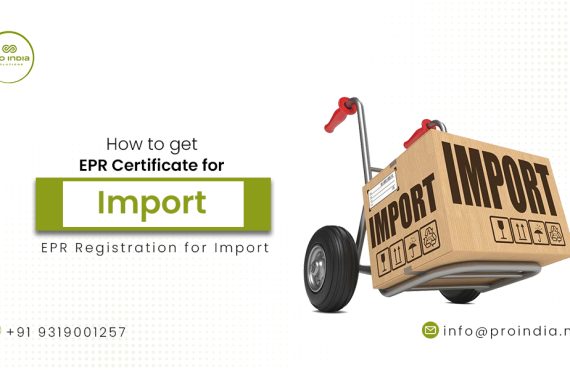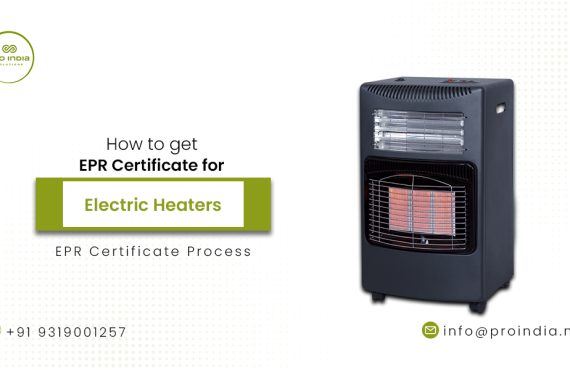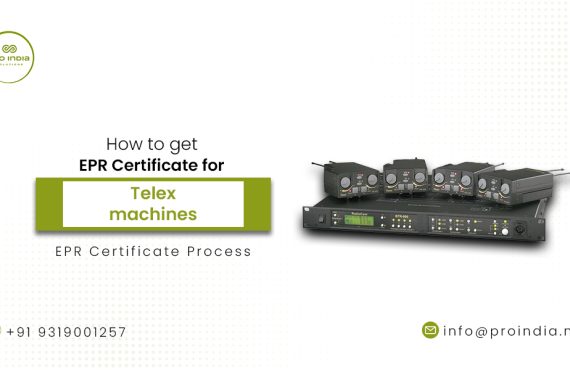Welcome to our comprehensive guide on how to obtain an EPR (Extended Producer Responsibility) certificate for your GPS device. In this article, we will walk you through the step-by-step process to ensure your GPS device is responsibly recycled, meeting regulatory requirements and contributing to a greener environment. Whether you’re an individual looking to recycle your old GPS device or a corporation seeking compliance, this guide will provide you with the necessary information and guidance to navigate the EPR certification process successfully.
Step 1: Researching EPR-certified Recyclers
The first step is to identify reputable recyclers who specialize in GPS device recycling and hold EPR certifications. Conduct thorough research, evaluate certifications and accreditations, and review customer feedback to ensure you select a recycler with a proven commitment to environmentally responsible practices.
Step 2: Contacting the Recycler
Initiate the EPR certification process by contacting your chosen recycler. Clear communication is key. Inquire about their EPR certification process, discuss any specific requirements or concerns you may have, and seek clarification on documentation and compliance. Setting expectations from the beginning will help ensure a smooth certification journey.
Step 3: Preparing Your GPS Device for Recycling
Before sending your GPS device for recycling, it’s crucial to prepare it properly. Begin by securely backing up and erasing any personal data. Take precautions to protect your privacy. Remove batteries, accessories, SIM cards, and any other non-recyclable components. Ensure your device is in a suitable condition for recycling.
Step 4: EPR Certification Documentation
Understanding the required documentation is essential for a successful EPR certification process. Familiarize yourself with compliance forms, certificates, and recycling reports. Ensure you meet all the necessary documentation requirements and comply with relevant regulations and standards, such as data privacy and environmental regulations. Thoroughly review and fulfill the paperwork to demonstrate your commitment to responsible recycling.
Step 5: Packaging and Shipping
Proper packaging and shipping are crucial to ensure the safe transportation of your GPS device to the recycler. Securely package your device to prevent damage during transit and ensure the safety of handling personnel. Consider using appropriate packaging materials and methods. Explore different shipping options, considering factors such as cost, reliability, and tracking capabilities.
Step 6: Tracking and Confirmation
Tracking the progress of your GPS device’s journey to the recycler is vital for transparency and peace of mind. Explore methods for tracking and monitoring the transportation process. Obtain confirmation and proof of EPR certification from the recycler, ensuring your device has been responsibly recycled.
Conclusion:
Obtaining an EPR certificate for your GPS device is an important step towards responsible recycling and ensuring compliance with environmental regulations. By following this step-by-step guide, which includes researching EPR-certified recyclers, preparing your device, fulfilling documentation requirements, and tracking the certification process, you can navigate the EPR certification process successfully. Remember, responsible recycling of GPS devices not only contributes to a cleaner environment but also sets an example for sustainable waste management. Take action today and play your part in creating a greener future.
If you need further assistance or guidance in obtaining your EPR certificate for your GPS device, do not hesitate to contact our experts.


